Bonsai Soil: Back to Basics, the Good Stuff Trees need [Bonsai]
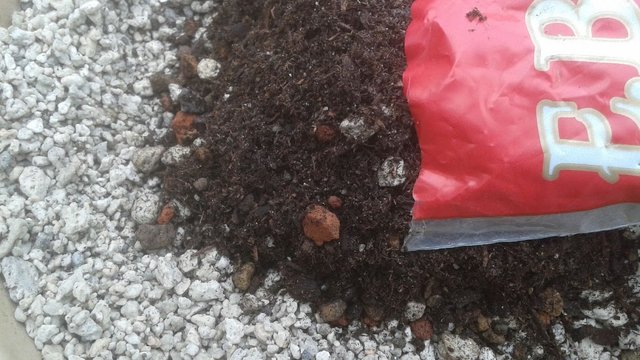
Put the fork away, this duck ain't finished. This Thanksgiving we may savor thoughts of our favorite holiday comfort foods. Instead, I bring you a classic dish of a different kind. This dish I bring you represents the filet mignon of bonsai cuisine.
Hors d'colteur Pumiche
No, no, no. That's just fancy talk. Let me re-introduce you to horticultural pumice, once again. No mere rustic rock, this volcanically, vibrationally exhumed mineral vociferously demands its name be heralded across the world as an indispensable, unsubstitutional soil substrate.
Quite possible the most amazing bonsai soil in the world!

Reviewers give it five stars!!!
"This stuff is amazing"
-Sherman Sheehan, Amazon Review
"The best roots I have ever seen is with unsifted pumice. 100% pumice will create roots like nothing you have seen before."
-JasonG, BonsaiNut.com
"If I had only one soil component to use for bonsai it would be 100% pumice."
Using Pumice for Soil
Now that you are under my spell, and I finally got your attention, let me describe some of the most simple ways pumice is used in bonsai soils.
For promoting root growth and root health, a 100% pumice soil mix is often optimal for young trees, cacti, and succulents. The #porous nature of pumice allows for almost instantaneous water drainage properties, while also allowing for tiny pockets of oxygen under the soil. Roots will not be suffocated or drowned, even with beginners who might have a tendency to over-water their trees.
The increased surface area of pumice also attracts morning dew on cold days, which improves the humidity around the root zone, allowing the fine root hairs to drink. Pumice even acts as a fantastic insulator from frost and ice. It is lightweight, and it takes many years to erode under heavy weather conditions. In small applications (such as bonsai), it does not affect soil pH.
BonsaiEmpire.com recommends mixing pumice with other substrates to create an ideal bonsai soil medium.
| Deciduous tree Bonsai soil | Coniferous / Pine Bonsai soil |
| 50% Akadama | 33% Akadama |
| 25% Pumice | 33% Pumice |
| 25% Lava rock | 33% Lava rock |
Organic Matter?
Many Bonsai Masters strongly feel that a 100% inorganic soil is the ideal way to go. Of course, professional growers often have staff and apprentices looking after their trees by watering them and pampering their every need each and every day.
For common hobbyists, I think it is okay to also include a mix of organic matter. Organic matter holds nutrients better than inorganic matter, however it tends to break down and erode after a year or so.
Peat is generally not recommended in large quantities, as it makes the soil stay very wet, drains poorly, and may cause roots to rot.
I sometimes use coconut coir, because it does not break down quickly, and it holds moisture while also allowing for good drainage, but on the downside it does not retain nutrients. It is very cheap, and so I use it on younger propagated trees I care less about maintaining.
Fine compost, or leaf mold is provides many beneficial nutrients, and retains moisture, but it breaks down very quickly and impedes draining.
Some bonsai growers in tropical climates even use sphagnum moss. It keeps roots damp and cool very well on a hot day. Plants, like orchids, with thick air roots tend to grow well on sphagnum moss.
My suggestion is to experiment with cuttings of trees that root easily (Chinese Elm, Willow, Cherry) to see which organic soil types work best in your climate zone to keep the tree and roots healthy.
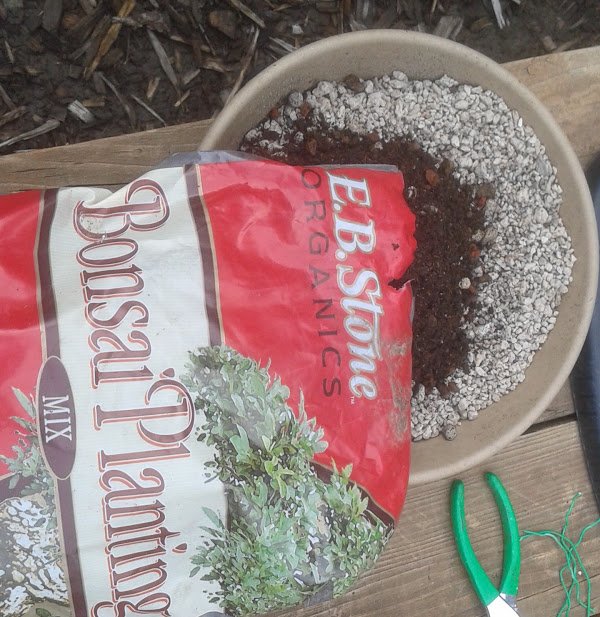
Decomposed Pine Park is often the best choice for mixing with inorganic soils to create a more complete bonsai soil mixture. Of all the organic choices, it is the most porous, and allows for water to drain fairly well through the small grains of wood. It holds nutrients, and continues to break down slowly and decompose in a way that benefits the tree. Beneficial bacteria and fungi, such as mycorrhizal will be able to thrive inside of fine pine bark layers to help plant roots feed on nutrients existing in the soil. Pine bark soil becomes a bit useless after a year or two, as it breaks down to the same effectiveness and consistency as peat.
Organic soils work beautifully with organic fertilizers. For growers who prefer using artificial fertilizers, such as the blue crystal meth (as I call it) mixture with water, expect to find salt build-up crusting up inside the pot, especially if you use organic soil. It doesn't mix well, and the soil will be almost unusable after a year because the artificial fertilizers actually deplete the soil over time of natural nutrients, causing the tree to become nutrient deficient. Horticultural pumice is more easily cleansed of salt build-up than other soil types, as it can be easily rinsed.
Buy Local
Unless you enjoy paying more for shipping and shopping online, and waiting for deliveries, then consider researching a local retailer in your area to acquire pumice. #Horticultural pumice was quite easy for me to find at a local rock landscaping retailer. The rock landscapers acquire their materials from rock quarries. Both sell their products by volume size, and tend to sell their product in large quantities (such as cubic tons!). I was able to purchase a 5 gallon bag/bucket worth for $14, which I think in an incredible deal compared to prices often found online. This amount should last me for 3 to 5 more years.
Ideally the pumice should be small pea-sized gravel pieces, of similar size. If the pumice is in large pieces, you can crush them with a hammer, and use 1/2 inch hardware cloth to sift out the larger pieces, and a finer mesh to sift out the less useful dust and powder. Pre-sifted horticultural pumice will be slightly more expensive. I prefer to pay the extra expense for the ideal gravel size. Sifting heavy #rocks can be very labor intensive, time consuming, and messy.
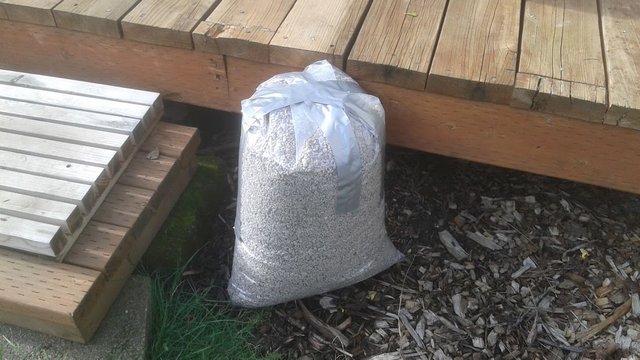
Conclusion
Thank you for checking out my article. I am a bonsai hobbyist, and I love to share my experience, photos, and knowledge I acquired. Here on Steemit others who have a budding interest will often share their inspiration and ideas with me in the comments. Knowledge such as this I believe should be shared freely, even though such lessons of experience are practically priceless. Bonsai is an #art that takes many years to hone the techniques to have the best affects on the trees.
Fortunately a good tree is very forgiving, and will give beginners like me lots of love and second chances along the way as we too learn and grow.
Please follow @creativetruth if you enjoy my work. I don't resteem very often, and focus on my own original works
Next article I will be utilizing my new soil mix to replant a coniferous #tree that is ready to spread its #roots out for the first time.
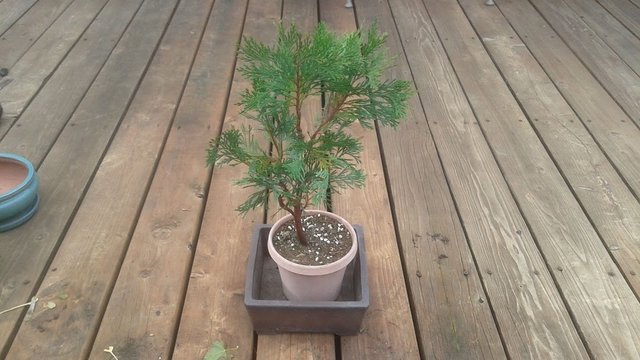
Photos in this post are all #originalworks by @creativetruth, unless stated otherwise.
Find me on discord and chat with other tree growers, bonsai enthusiasts, and gardeners. We have quite a few accredited experts filling out our ranks, and a helpful Spanish-speaking community.
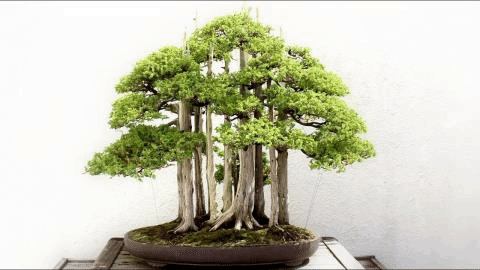
Bonsai!

| Account Value: $1,100.57 | Votes Given / Received: 4,205 / 10,418 |
| SP: 1,846.320 | Posts / Comments: 252 / 1,930 |
| STEEM / SBD: 0.754 / $7.103 | Delegated In / Out: 187 / 180 |
| REP: 63.016 | Followers: 1,635 / 196 following |
| Curation Rewards: 1.503 SP | Author Rewards SP / S / SBD: 1.081 / 0 / 0.012 |

| STEEM In / Ex = 0.592 / 0.57075 | BTC / ETH/ LTC = 5601 / 176.7 / 42.2 |
| SBD = 0.95060 | Gold/Silver oz. = 1,222.70 / 14.47 |
"The roots of all goodness lie in the soil of appreciation for goodness."

Very nice looking tree in the final post looks perfectly healthy. filet to hors...I guess all good things in life have French names. I am interested by the time you spend on choosing soil. Also seems soil choice is directly tied to how often you need to re-pot your trees.
Yes, it can be, but we also have to watch the growth cycle of the tree during the year. Late fall and early spring are the best times of the year to disturb the roots.
Many of the trees that I had used poor soil on (because I was cheap and used potting soil I could afford/find) were displaying similar poor quality root results. When I see two or three long coiling taproots at the bottom, and the all the other roots are barely spreading out into the rest of the pot because the soil there is wet and spongy, I know the the tree could have benefited from a better bonsai soil.